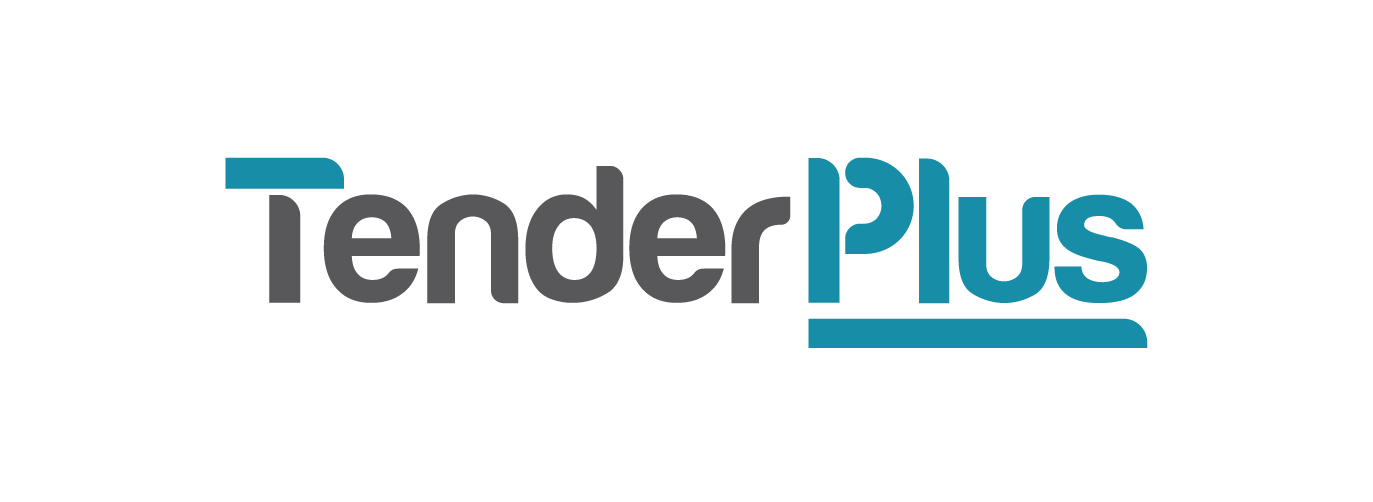5 tips for persuasive communication in tenders
Chelsea Steele, Senior Tender Specialist (Brisbane)
Winning tenders is not just about meeting the tender requirements. That’s a basic hygiene factor, yes, but it’s also about persuasively communicating your value proposition, your capability to deliver and how the benefits of your proposition meet the customer’s needs.
To do this effectively, persuasive communication is a powerful tool used in tender writing to showcase your perspective and convince others to see things from your perspective. Persuasive communication will help you to connect, engage and inspire the customer with the intent of influencing decision making and winning new business.
Try these key techniques and strategies for persuasive communication tocan help you maximise the effectiveness of your tender writing and elevate your persuasive communication to the next level.
1. Getting the customer’s perspective is critical
What are their needs? What are their questions? What are their problems that your product and/or service solves? How do your values align? What are their hopes and concerns? Read through the tender documents with these questions top of mind to achieve clarity on what the customer’s core drivers are and how your solution will address their needs.
Identifying what’s important to the customer will help you to understand the perspective from the customer. It forces you to get into the customer’s head and validate your understanding of what their gain-creators and pain-relievers are. Having a solid foothold on the essence of your solution and how it might appeal to the customer will help you to really communicate the messages you’re trying to get across.
2. Write from the customer’s perspective
It’s not all about you. When writing your response focus on the customer and the benefit(s) and value add which they will receive from you. If you find this difficult, flip it around and picture yourself in the customer’s shoes. If you were the customer, what would motivate you to procure your company’s products and/or services? Then in writing your tender, reinforce your company’s benefit to the customer. For example, look at the difference in how these two sentences are written and can be interpreted:
Statement 1: ‘We have operated our maintenance facility since 1985, and we recently expanded to two further sites after identifying an opportunity to expand.'
Vs
Statement 2: ‘We have three maintenance facilities, all located within 25km of the project site, which will ensure we can meet your required maintenance turnaround timeframes for the duration of the project.’
See how including the benefit to the customer makes Statement 2 more persuasive than Statement 1? Powerful responses put the customer first.
3. Use strong case studies and project profiles to establish your credibility
Demonstrating your proven track record will build your credibility in the eyes of the evaluator, which is an essential component of persuasive communication. Use strong case studies and project profiles to support your capability and experience claims that detail key project information such as overview, scope of work, innovations, principal, location, contract value, completion date and lessons learned.
Detailing specifics of successful past projects you’ve completed or are completing will further evidence your credibility and leverage your capability to support the customer’s needs.
4. Use meaningful graphic captions to support your writing
Often overlooked when you’ve got more weighty non-price criteria items at stake, graphic captions are frequently be left as a square-bracketed [insert caption] right up until post gold review when a meaningless caption is hastily added before submission. However, graphic captions are also golden opportunities to illustrate how your solution is the best fit for the customer’s needs.
Include an informative heading that continues to emphasise the features and benefits the customer will receive when doing business with you. So don’t restrict your key messaging to the bounds of your narrative. Continue to exert persuasion and support your solution with meaningful graphic captions.
5. Use repetition for emphasis
Using intentional repetition in your tender writing serves as a powerful tool for emphasis and reinforces your key messages ensuring they resonate long after your text has been read. When you repeat a key point, you signal to your reader that this information is crucial. However, it’s not about reiterating the same words; it’s about weaving a thread that connects various parts of your writing, creating a pattern that reinforces your message.
Use it at points when it will have the most impact, such as in your executive summary. The important thing is that you use repetition in a smart way that adds emphasis to particular ideas and don’t overuse it, or it will lose its effect. By strategically repeating key phrases or concepts, you create a rhythm that will engage your reader and drive your point home.
Persuasive writing skills in tenders are critical to convey a strong message that positions you for a successful tender bid. By implementing the above techniques into your tender writing, you can convey your value proposition more clearly, concisely and persuasively. This will frame your responses in a way that’s most advantageous to the customer. If you feel you need more support, our professional tender writing and tender management services offer expert guidance in Sydney, Brisbane, Perth and across Australia.
